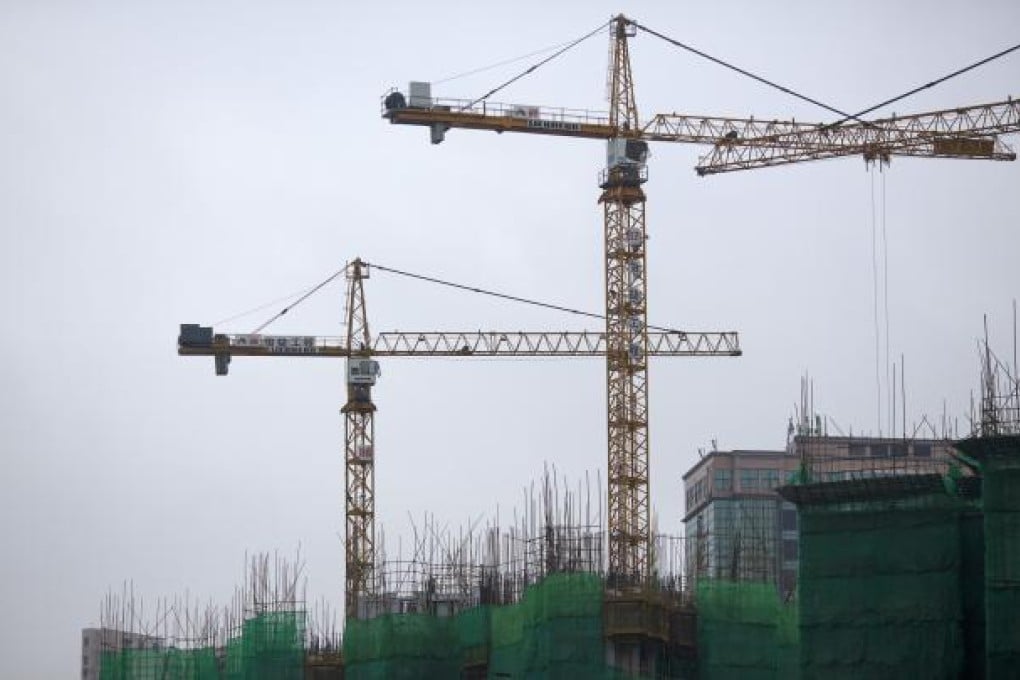China winning the construction race
Amy Wu marvels at China's efficient, 24-hour work cycle that gives it brand new buildings in 15 days - and bragging rights next to America

The race to be No 1 has shifted from the economy to architecture. Last January, a Chinese architectural firm erected a 30-storey hotel in Hunan in a mere 15 days, thanks to the lack of red tape and a 24-hour work cycle.
Now, China's Broad Group has confirmed that, in a month or so, it will start building the world's tallest building in Changsha and complete it in 90 days. The building is expected to go up at the rate of about five storeys a day.
There are two sides to the argument when it comes to speed-building - which seems indicative of China's fast modernisation. Some critics give China a gold star for seemingly cutting through the red tape and unions, and getting things done.
Others criticise the country for not taking the time to carefully plot out the purpose behind what can be viewed as a building frenzy. Some say Beijing disregards public opinion when it comes to such development. Is this, after all, a race to be the tallest, biggest and strongest?
On the one hand, China's 15-day hotel is an example of what can be accomplished when you cut out time-consuming committees. Would New York's new World Trade Centre complex already be complete if it weren't for the red tape and legal labyrinths? On that note, my friends in Manhattan doubt that the long-awaited Second Avenue subway line will ever be completed.
To be sure, in the US, mega projects are often viewed as a landscape of potential lawsuits pot-holed with regulations and restrictions. Regulations exist in nearly every trade in the US.